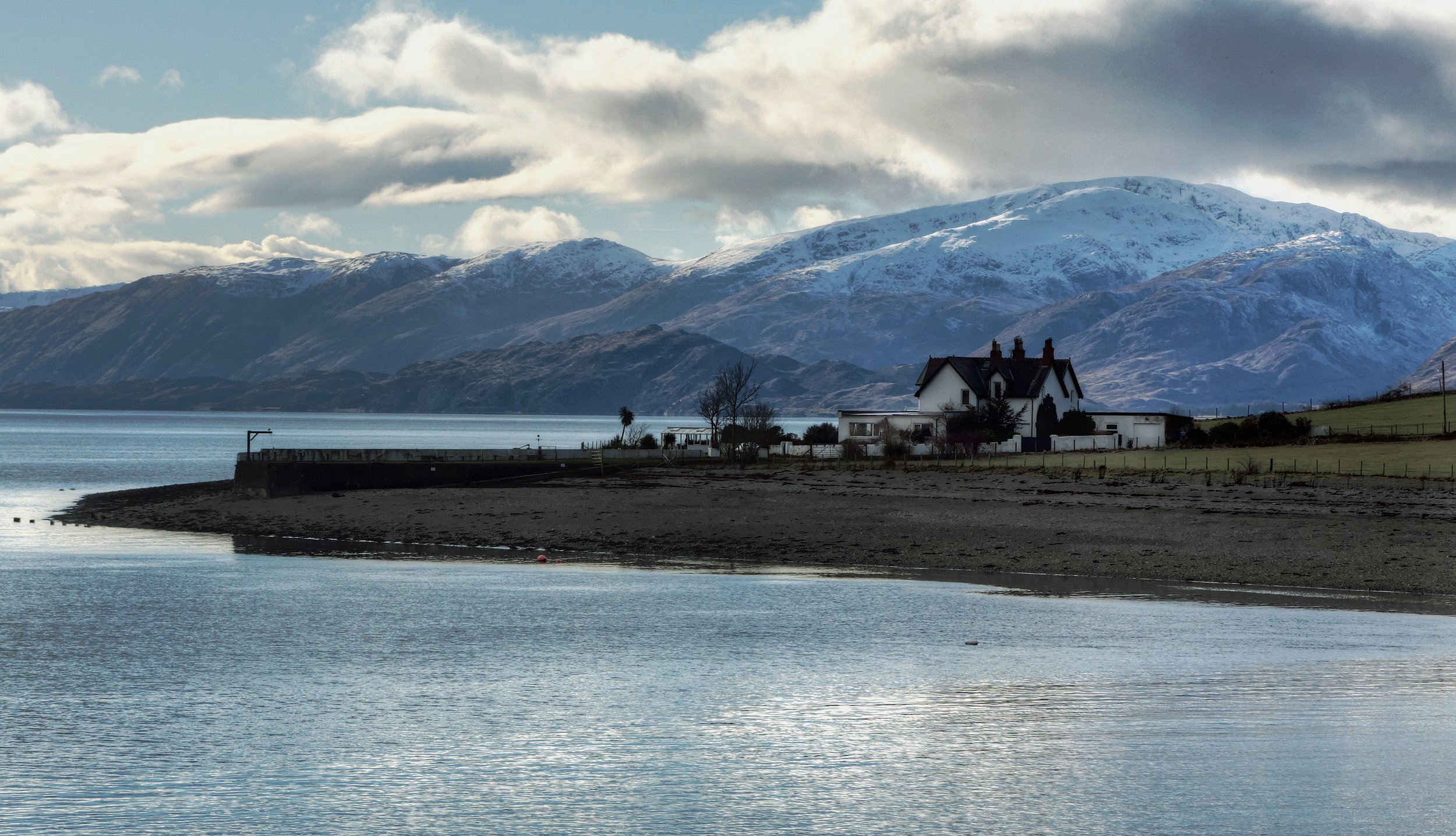
Postcard Submissions
Scottish Postcards
“The main issues we have is fighting the land use change that goes on around us. So anything that goes on around us affects our water, because it comes from a huge area.”
- Nikki
South Ayrshire, Scotland
“All nineteen properties in our village are dependent on small private water supplies. The source of the supplies is a mixture of small burns and seepages from the hill. My neighbour’s supply is from a small seepage which regularly runs dry. When this happens, we have a system where I top up her tanks from my own pipeline. I have been trying for 20 years to get a public mains supply to the village but have so far been unsuccessful.”
- Graham
Argyll and Bute, Scotland
“Although we have plenty of water coming from the sky, that doesn’t always translate into the water coming into property. I think going forward we would be concerned that there is enough potable water in the area.”
Argyll and Bute, Scotland
International Postcards
“Yemen faces a significant water scarcity issue due to water stress and reliance on groundwater as the only water source. The water level in the groundwater decreases by 4-6 meters annually, and the rainfall is seasonal, with more than 90% of it flowing into the sear. Water is mainly used for agriculture, with the remaining used for industry and drinking. The per capita water allocation per year is 80 cubic meters per person. Rural areas lack access to clean water.”
- Ghiab
Yemen
“This image shows multiple irrigation abstractions from the Cold Spring near Alligator Pond in St. Elizabeth. Water sources are limited in this region, and this spring is one of a few sources readily available for usage by the local farmers. The abstractions are illegal and not licensed, but the challenge of regularizing this abstraction is readily evident.”
- Geoffrey
Kingston, Jamaica
"Water supply in the island of Mallorca depends mainly on groundwater, the invisible resource. There are also two reservoirs on Tramuntana range that represent one-tenth of the total supply to the city of Palma. So, our water consumption depends on groundwater, complemented with desalinated water, but when the two reservoirs have lower levels due to a lack of rainfall there is a social perception that water shortages are coming. We depend on the invisible resource but we are impacted and react to the visible one."
- Celso
Mallorca, Spain
“La Palma is known as the most water-rich of the Canary Islands and is called the Green Island. Almost all the water on La Palma is groundwater (mainly from aquifers), which comes out through galleries (water tunnels), wells and springs. Not all parts of the island have the same amount of water. In these pictures we can see a canal built to carry water from the north-east (where there are springs and it rains more) to the south-west of the island (where less water is available). Most of the blue water is used for agriculture, especially bananas.”
-Anon
La Palma, Spain




